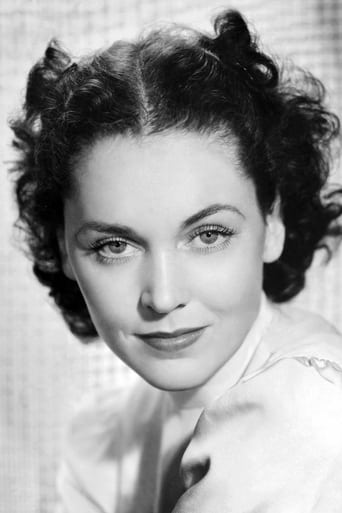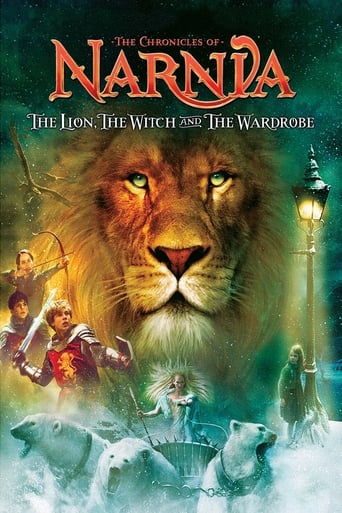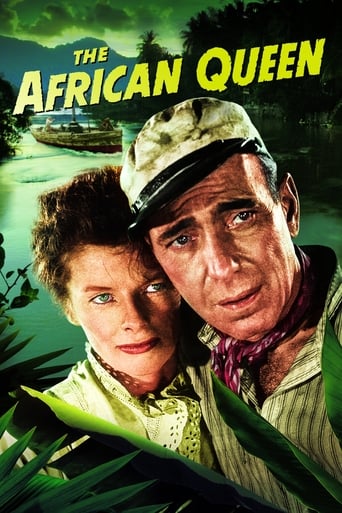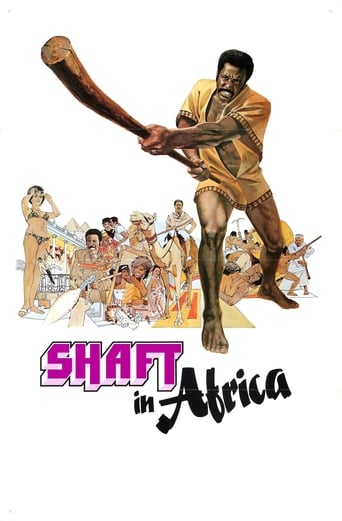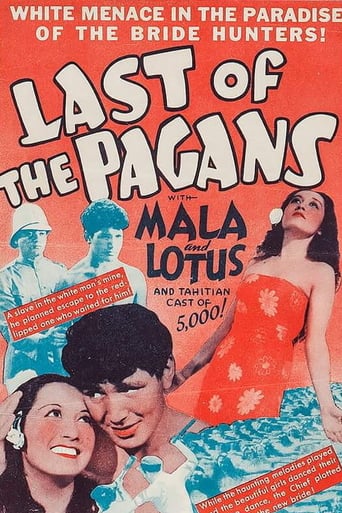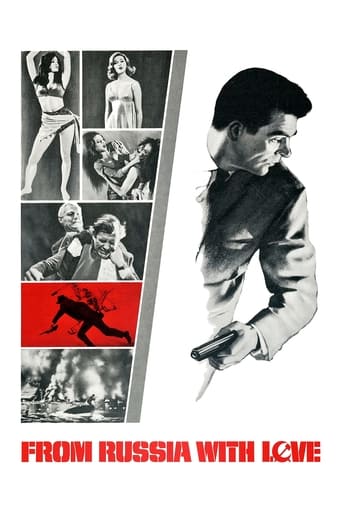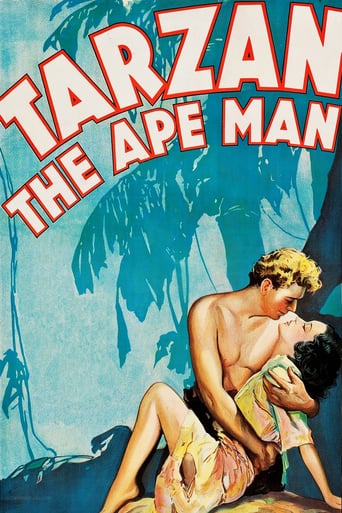
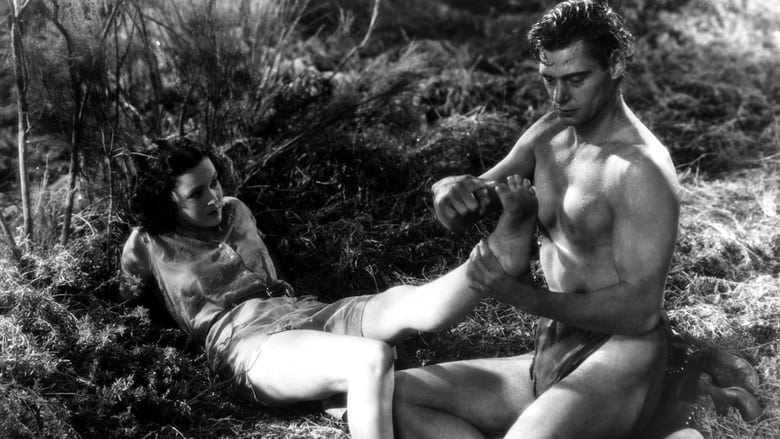
Tarzan the Ape Man (1932)
James Parker and Harry Holt are on an expedition in Africa in search of the elephant burial grounds that will provide enough ivory to make them rich. Parker's beautiful daughter Jane arrives unexpectedly to join them. Jane is terrified when Tarzan and his ape friends abduct her, but when she returns to her father's expedition she has second thoughts about leaving Tarzan.
Watch Trailer
Cast
Similar titles
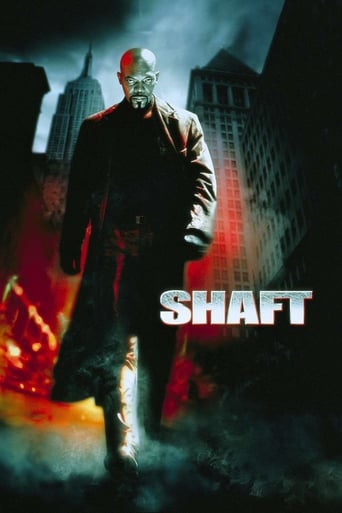
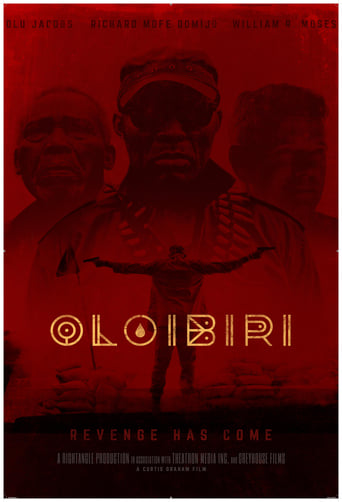
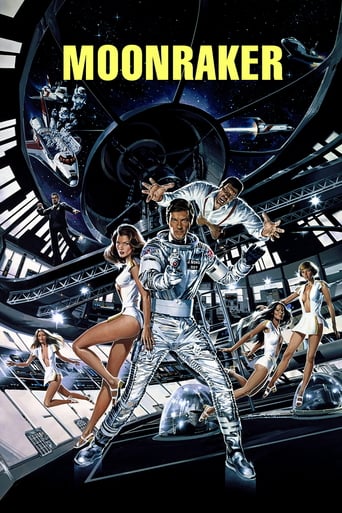
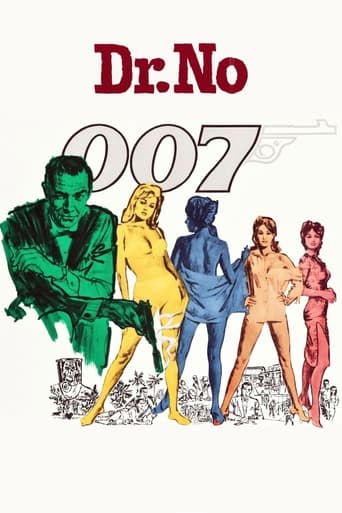
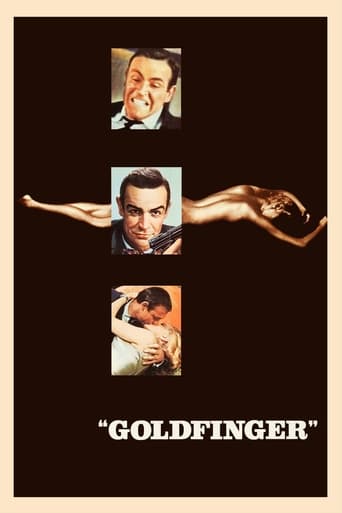
Reviews
Why so much hype?
People are voting emotionally.
I don't have all the words right now but this film is a work of art.
Good concept, poorly executed.
Tarzan the Ape Man isn't as bad as the overrated porno movie "Tarzan and his Mate", but it's still trash. The worst thing about this movie is the racism. Black people are treated as beasts. It's really hard to watch Tarzan randomly kill innocent Africans, and the movie actually says that white people are worth more than black people. The treatment of animals is also pretty disturbing...are those real arrows and spears sticking out of the elephants? It's hard to tell. The fight scene at the end where Tarzan kills the guy in a gorilla suit is unnecessarily cruel. The way Tarzan treats Jane is also cruel, like she's a ragdoll. This version of Tarzan acts like a stereotypical caveman.There's no real nudity in Tarzan the Ape Man, but sex is implied. The whole movie is kind of sleazy and crude. It feels like you're walking through a dirty back alley with prostitutes and drug dealers.Fortunately, the Tarzan movies improved during the Hollywood production code (or Hays code). Tarzan became a gentleman, Jane kept her clothes on and even the portrayal of black people improved. It wasn't perfect, you couldn't show mixed marriages etc, but hateful trash like "Birth of a Nation" could never have been made during the production code. Watch a good Tarzan movie instead, like Tarzan's Secret Treasure.
The film still has a lot of charm and strength after all these years. While sort of clumsily directed from a thin but intriguing plot, the film is visually wonderful, ambitious in scope and has a magnetic performance from Johnny Weissmuller. He gives Tarzan so much depth and realistic psychology. Its fascinating to watch an actor fit a charismatic and complex role. This performance reminded me of James Dean and Heath Ledger's strange screen power. Johnny uplifts the film but its solid on its own. Very romantic and thrilling even today, even if its a bit childish and undercooked. You couldn't have Chris Reeves as Superman without this film and you wouldn't have superhero films as we know them without Superman: The Movie. "The Ape Man" is a pioneering classic in its genre.
It might be difficult to imagine what audiences who saw this film in 1932 thought of it. Cinema's state of the art at that time was so different than today's. We can count on the fact that many viewers had read Edgar Rice Burrough's accounts of Tarzan and were measuring the film against their expectations based upon reading the imaginative stories.When this film was released, fourteen Tarzan books had already been published and the series was still ongoing. In print, Tarzan's exploits had ventured far from the original story and, perhaps, lost some of their original charm. "Tarzan the Ape Man" would have been measured against the original story.This was the first Tarzan film starring Johnny Weismuller, the American swimming champion. He seems the perfect specimen for the part--lean, athletic and, of course, able to swim like a fish. He was paired with Maureen O'Hara. Her portrayal of Jane is disarmingly sweet and the perfect complement to Weismuller. The dialogue between Tarzan and Jane is very limited in this film, so gestures and looks say what words cannot. They share a primitive electricity.In the first part of the film, Jane arrives in Africa, joining her father and his team who plan to search for the "elephants' graveyard". The viewer is exposed to the wildness of Africa through Jane's eyes: tribal paint and strange customs, myths of forbidden "juju" that no one speaks of, primitive drumming, the sounds of wild animals at night (hyenas, lions, and some unknown sounds). A tribal search party threateningly approaches their encampment at night and then slips back into the darkness of the jungle (achieved by a clever dissolve).When the group of hunters--with their expendable bearers, of course--leaves to investigate unknown territory, Jane goes with them. Before we ever see Tarzan, his eerie yell is heard echoing through the jungle. Much has been written about the actual source of that yell. Was it Weismuller or a concoction of various sounds by MGM sound technicians (probably the latter)? In any event, I don't think it can be overstated how much its blend of human-and-animal helped create the mystery surrounding Tarzan in these scenes (and later continued to always bind Tarzan to his animalistic beginnings).In a similar way, the scenes of Tarzan swinging through the trees makes him seem almost superhuman and at home in nature.Eventually, Tarzan and Jane meet. Curiosity fires their connection at first. An animal attraction takes over.Some of the shots in "Tarzan the Ape Man" were made using rear projection. It is done as competently as was possible at the time. And it does lend an air of authenticity.Some of the animal scenes were made with stuffed animals or fake animals. This is just part of cinema at that time.The early scene where the hunting party traverses an escarpment is, of course, done with special effects, but the result is breathtaking and it creates the needed suspense as the party travels into the unknown.I can only believe that this film, which is fun to watch now, must have been significantly more enjoyable when audiences first viewed it. Lucky them.
English explorer C. Aubrey Smith (as James Parker) leads an expedition into Africa's jungles, to find ivory in a legendary elephant graveyard. Spunky daughter Maureen O'Sullivan (as Jane) insists on going along, despite the danger; she is looking for a more savage lifestyle. Handsome Neil Hamilton (as Harry Holt), Mr. Smith's partner, falls in love with Ms. O'Sullivan, but finds unexpected competition from likewise handsome, but loin-clothed, Johnny Weissmuller (as Tarzan). Raised by monkeys, Mr. Weissmuller gets the urge to mate, when he sees O'Sullivan.This was the first "Tarzan" film starring Weissmuller, O'Sullivan, and "Cheetah" the chimpanzee; and, by the time the movie ends, they are obviously "going places" (in the Tarzan film series). A handsome and muscular swimming star, Weissmuller makes a perfect Tarzan. While showing less skin, O'Sullivan give the film its considerable sex appeal; especially when she tears her dress to mop Weissmuller's brow, goes swimming, and has Tarzan tickle her feet.Edgar Rice Burroughs' story of survival is downplayed in favor of the novel's sexual fantasy. And, it works like a charm. "Tarzan the Ape man" was not only a great Tarzan film, but also an excellent early "talkie". Of course, there is some silliness included (this was 1932). Director W.S. Van Dyke, film editors Ben Lewis and Tom Held, and photographers Harold Rosson and Clyde De Vinna excel. The film is briskly directed, tightly edited, and nicely photographed.******** Tarzan the Ape Man (3/25/32) W.S. Van Dyke ~ Johnny Weissmuller, Maureen O'Sullivan, Neil Hamilton, C. Aubrey Smith

